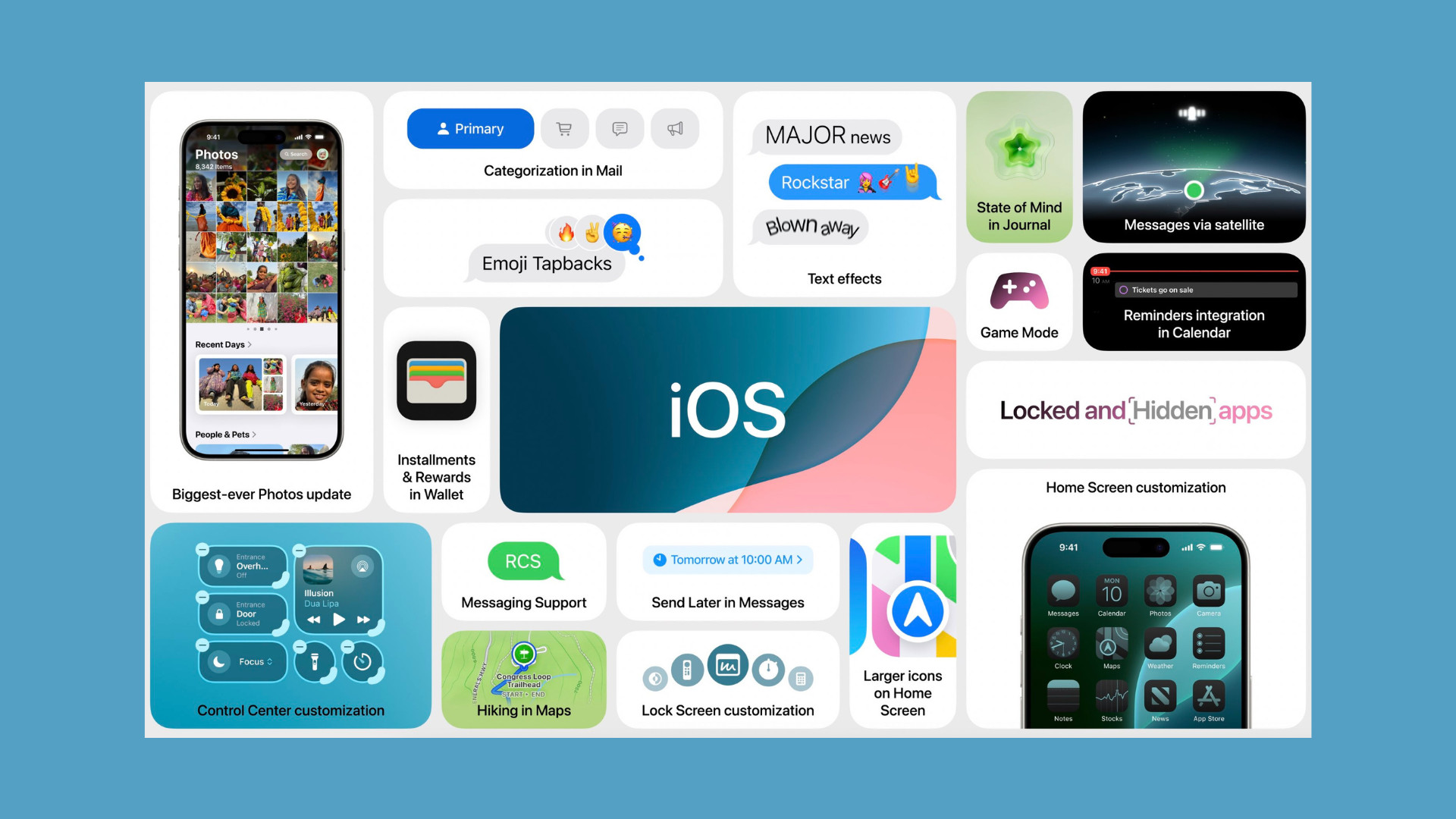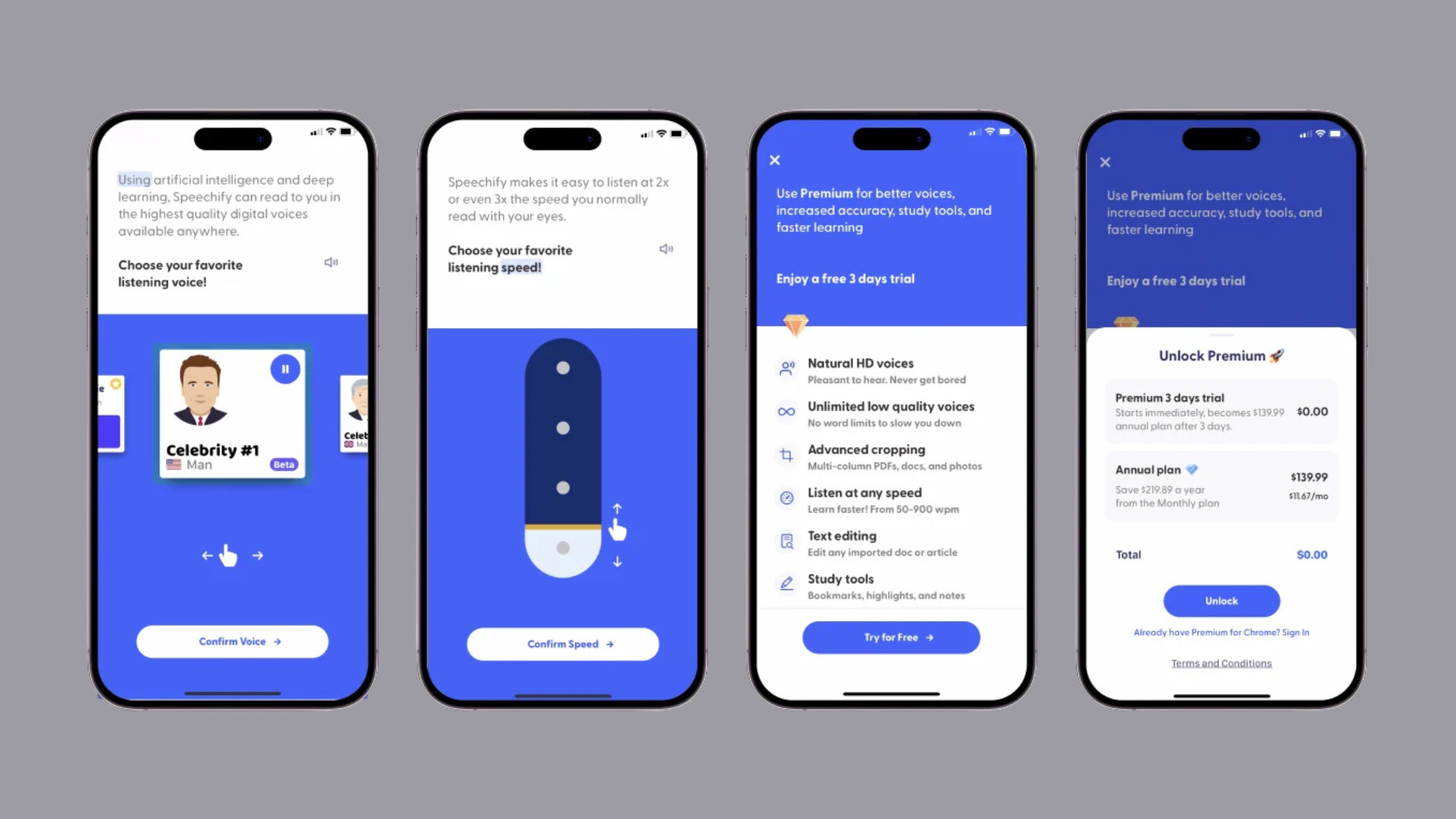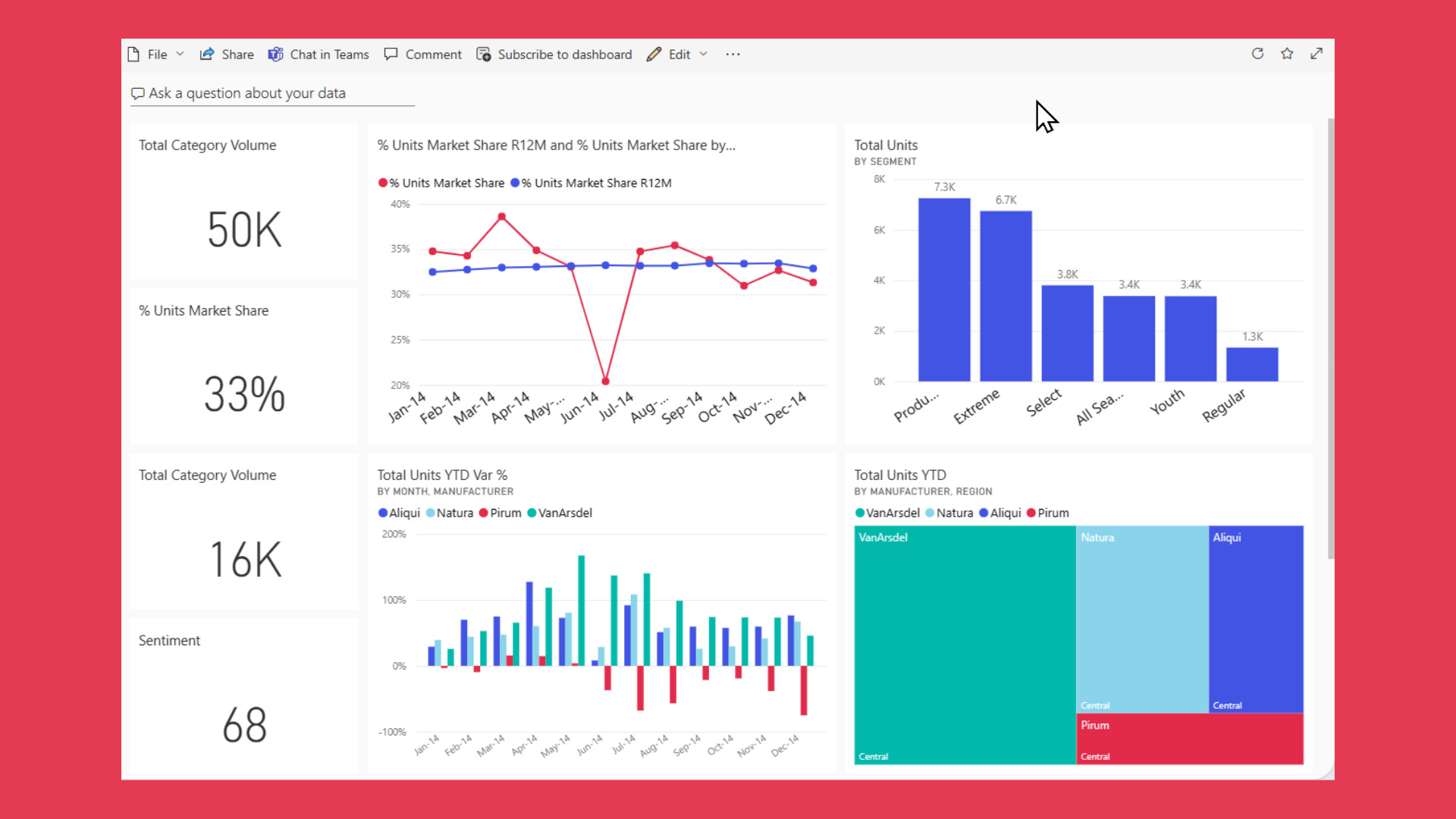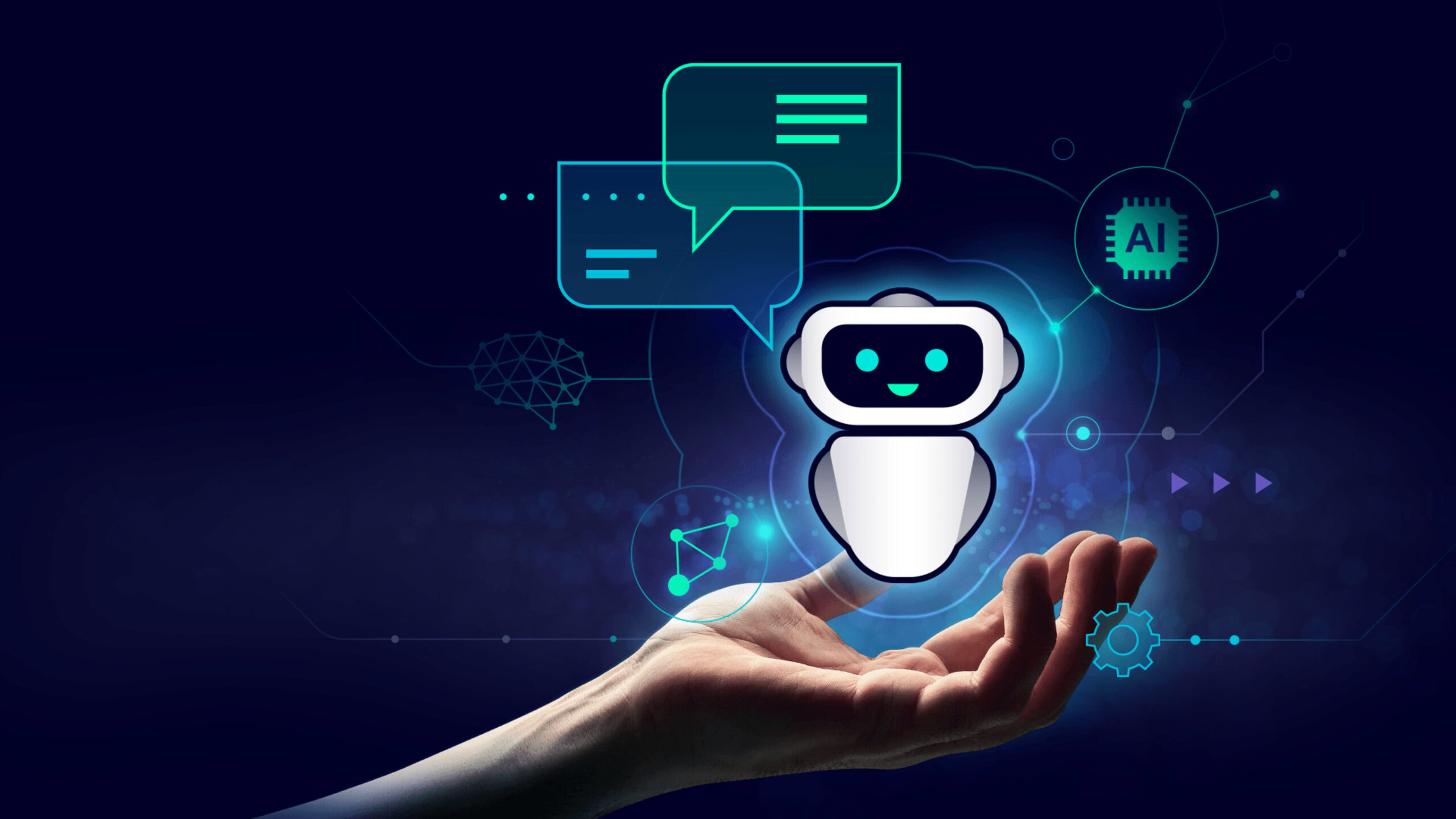
The End of the User Interface? How AI Agents Are Rewriting UX
Could the traditional user interface be disappearing?
For decades, digital experiences have revolved around screens, buttons, and menus. But this model is shifting as AI agents begin to transform how we interact with technology. Instead of tapping, swiping, or clicking, we’re delegating tasks. An AI agent’s core function is to process data, make decisions autonomously, and adapt its actions based on feedback.
We’re asking, “Can you take care of this for me?” rather than “Where is that setting?”
This change is significant. For designers, product creators, and technologists, AI UX is reshaping the very concept of an interface. The new frontier of interaction isn’t about pixels, it’s about intelligence, context, and trust.
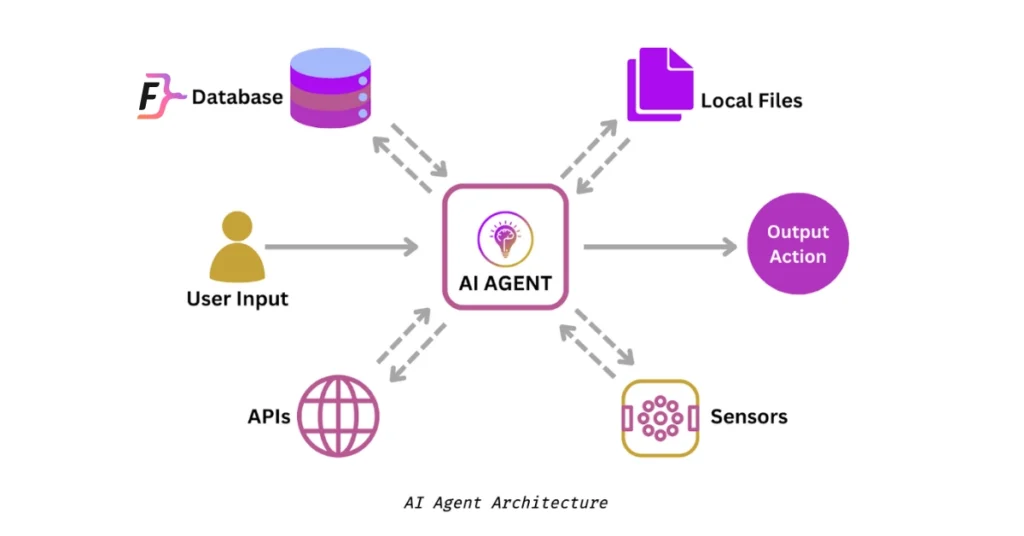
AI agents are delivering business value by improving processes, increasing efficiency, and supporting decision-making for organizations.
In this article, we’ll examine why the classic UI model is fading, how AI agents are forging new interaction methods, and what this means for the future of UX design.
Table of Contents
How AI Agents Work
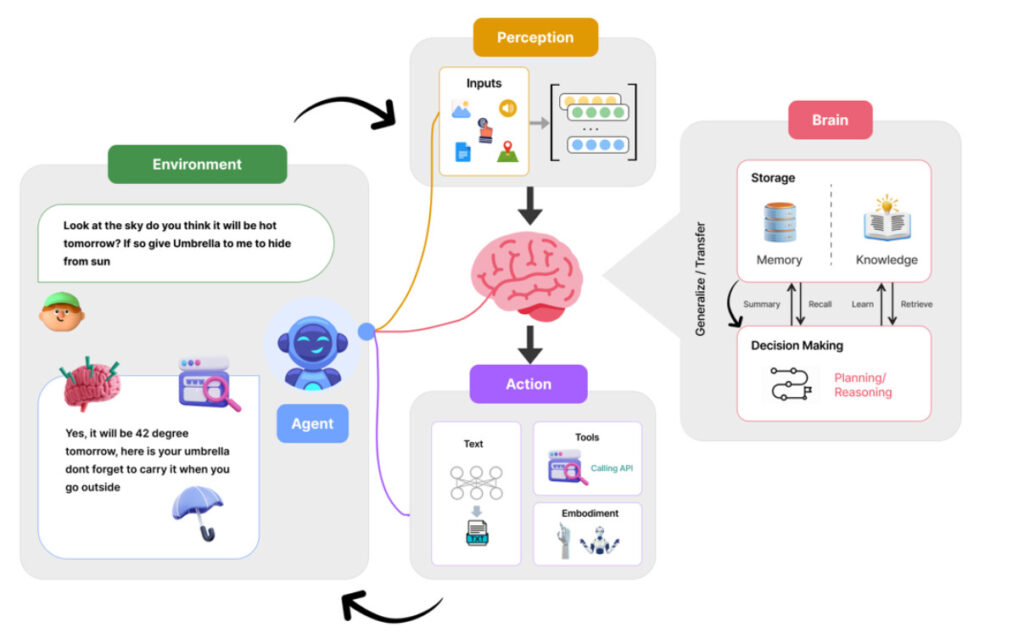
AI agents are transforming the way we interact with technology by acting autonomously to perform tasks, analyze data, and make decisions, often without the need for direct human intervention. These agents can act autonomously and are capable of performing tasks across a wide range of applications without direct human input.
At their core, AI agents work by leveraging artificial intelligence, machine learning techniques, and large language models (LLMs) to understand, process, and generate human-like language. AI models are the underlying technology that enable these agents to generate responses, make predictions, and assist in decision-making. This enables them to interact seamlessly with human users, other AI agents, and even external systems.
There are several types of AI agents, each with distinct characteristics. Simple reflex agents respond solely to current environmental stimuli using predefined rules, making them highly reactive but limited in complexity. Unlike simple reflex agents, model based reflex agents maintain an internal model of the world, allowing them to consider past actions and predict future states. Model based agents go further by using reasoning, planning, and decision-making capabilities, building an internal model to improve performance in complex tasks. Utility based agents evaluate possible outcomes and select actions that maximize overall utility or benefit. Multiple AI agents can collaborate with other agents to tackle more complex problems, enhancing their effectiveness in various industries. AI agents also learn from past interactions and identify patterns in data to improve their performance over time, making them increasingly efficient at performing tasks.
Types of AI Agents
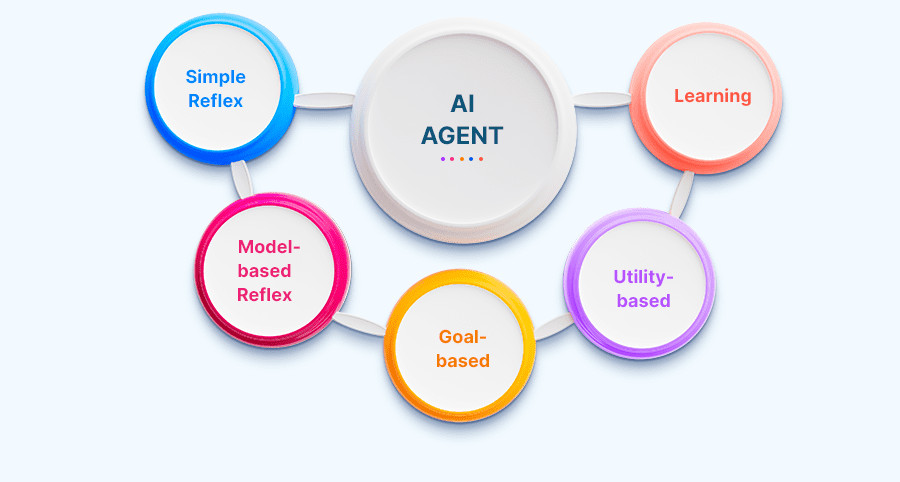
As AI systems become more sophisticated, understanding the different types of AI agents is essential for anyone looking to harness their full potential in business processes, software development, and user experience design. AI agents can be categorized by how they perceive their environment, make decisions, and perform tasks ranging from simple, rule-based programs to advanced, autonomous agents capable of tackling complex workflows.
Is UI Becoming Obsolete?
More experts in tech and design suggest that traditional user interfaces might eventually become unnecessary. The idea is straightforward: users won’t need to interact directly with apps or screens. Instead, they’ll delegate tasks to intelligent agents specifically, AI assistants designed to collaborate directly with users and handle such tasks from start to finish.
Picture saying, “Plan a family trip to Kyoto next April with a $5,000 budget,” and your AI personal assistant—a type of AI assistant with access to your calendar, preferences, and payment details handles all the arrangements. No search bars, no filters, no checkout steps. Just intention and execution.
The Debate
While many in UX are excited, some remain cautious. Some argue that interacting through agents is still a form of interface just a different one. Users still require feedback, confirmation, and context to feel in control.
Others raise important concerns about transparency and trust. If the agent acts independently, how does the user stay informed? Maintaining human supervision is crucial to monitor agent actions and ensure accountability, especially as agents take on more complex tasks. How can we design for visibility without reverting to screens and buttons?
This tension defines today’s UX landscape. The user interface isn’t vanishing—it’s evolving into something more fluid and adaptive.
Why AI Agents Take Us Beyond UI
Three key technological shifts explain why AI agents push us past traditional interfaces:
AI agents can tackle complex tasks by combining their capabilities and roles, often working collaboratively to solve demanding problems. These intelligent systems are increasingly used to automate complex tasks, reducing the need for human intervention in intricate processes.
First, agents can understand and act on intent, not just follow explicit instructions. Second, they can handle complex tasks autonomously, which traditionally required human input, thereby enhancing efficiency and decision-making. Third, by automating complex tasks, organizations can achieve significant cost savings through reduced expenses, increased productivity, and optimized resource utilization.
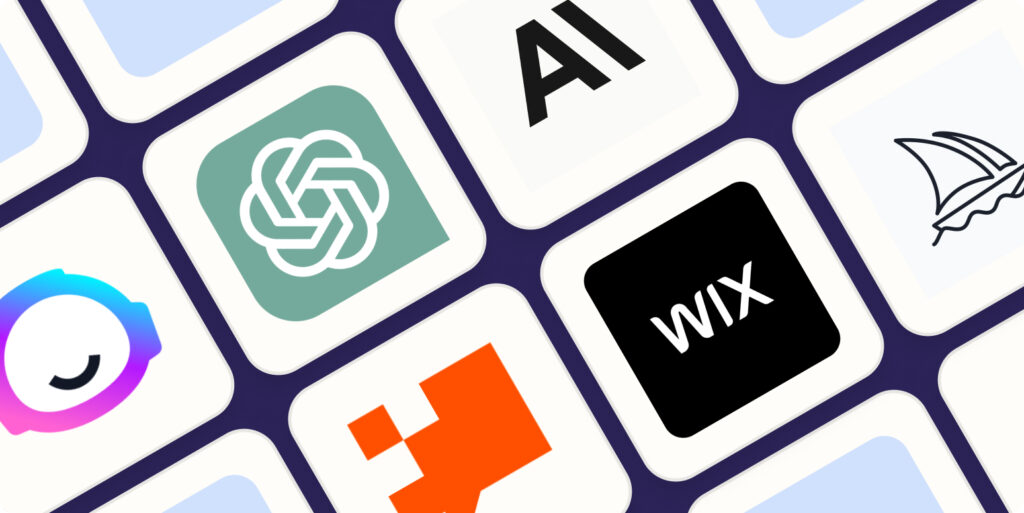
1. Generative AI and Large Language Models
Generative AI enables systems to create text, visuals, and behaviors dynamically. A large language model is the foundational technology enabling many AI agents to understand and generate human-like language. LLM agents are autonomous entities that leverage large language models to perform reasoning, planning, and complex tasks. Natural language processing (NLP) is a key component that allows these systems to understand and respond to user input in a conversational manner. Interfaces no longer need to be fixed, they adapt in real time based on user context and goals. Experiences are crafted on the fly.
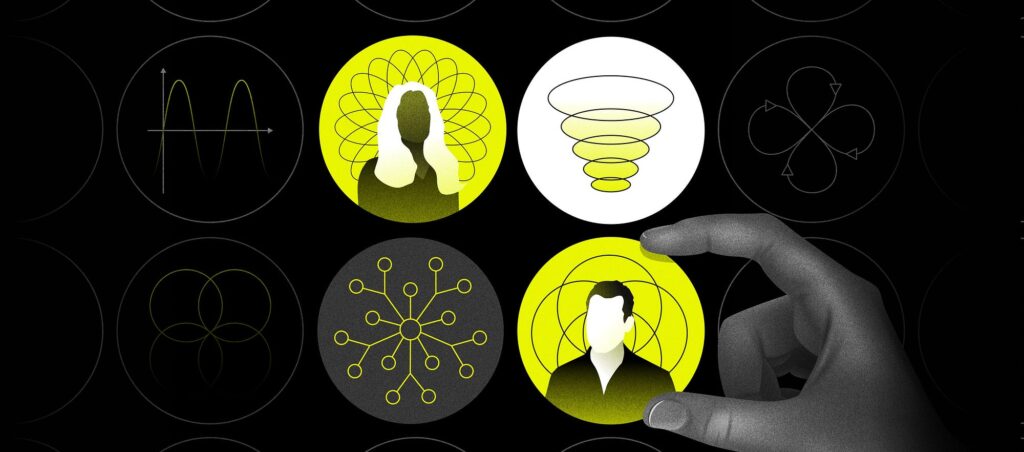
2. Hyperpersonalization
AI agents continuously learn, tailoring interactions to individual users. These are often referred to as learning agents, AI agents that improve their performance over time by learning from their environment and user interactions. Learning agents analyze past interactions to refine their responses and better anticipate user needs. They can also model and adapt to human behavior, allowing them to deliver more personalized experiences. They grasp preferences, tone, and timing, delivering hyperpersonalized experiences that anticipate needs instead of merely responding.
3. Conversational Agents
We’ve moved beyond simple chatbots. Modern agents can execute multi-step tasks: scheduling, planning, summarizing data, managing workflows. These agents can autonomously complete tasks and manage complex workflows, transforming how users interact with technology. The key shift is users no longer perform tasks, they delegate them.
This transition changes UX from interaction design to delegation design. We’re designing trust relationships, not just interfaces.
What Replaces the UI — A New Paradigm
If traditional interfaces fade, what takes their place?
A new paradigm is emerging, one that moves beyond static menus and buttons. Instead, users interact with systems through natural language, gestures, and context-aware responses.
Multi agent systems, where multiple AI agents collaborate, are central to this new paradigm, enabling automation of advanced tasks and leveraging collective intelligence.
Using AI agents to automate and optimize user interactions is central to this shift, enabling more efficient, personalized, and adaptive experiences in business and software development processes.
1. Conversation as the Core Interface
Text and voice dialogue become the primary interface. Instead of navigating menus, users express intent naturally. The system interprets and acts accordingly.
2. Capabilities as the Interface: How AI Agents Automate Routine Tasks
The new “buttons” are capabilities, the actions an agent can perform. Many platforms now offer pre-built AI agents, enabling rapid deployment and extension of agent capabilities. Designers define what agents can do, how they communicate, and how users can extend or limit those actions. Breaking down problems into well defined tasks enhances agent effectiveness and accuracy. AI agents excel at automating repetitive tasks, such as code reviews and content management, freeing up human resources to focus on more complex work. Automating repetitive tasks also improves efficiency and software quality.
3. Trust, Feedback, and Transparency
When users can’t see processes, trust becomes the interface. Feedback—summaries, confirmations, explanations takes the place of visual cues. However, even as AI agents operate autonomously, ongoing human oversight is essential to ensure accountability, accuracy, and ethical operation. Human workers will continue to play a crucial role by collaborating with AI agents and overseeing their actions to maintain ethical standards.
The UI doesn’t disappear; it dematerializes. It becomes ambient, conversational, and embedded—accessible through context rather than screens.
The Impact of Quantum and Advanced Computing
Emerging technologies like quantum computing could accelerate this shift. With immense processing power, AI agents could simulate complex scenarios, predict needs, and optimize decisions instantly. This enables AI agents to operate effectively in dynamic environments, adapting to real-time changes and user needs. However, implementing sophisticated AI agents in complex and sensitive environments still faces significant challenges, particularly due to their current limitations in emotional intelligence and ethical decision-making.
In this vision, the interface becomes ambient intelligence, a seamless, adaptive layer that perceives, assists, and evolves continuously. You won’t “open” apps. You’ll simply express intent, and the environment will respond intelligently.
Designers must now consider agency, boundaries, and ethics in systems that act with near autonomy.
What UX/UI Professionals Should Expect

If AI agents handle most interactions, what does it mean for designers? Professionals can expect AI agents to take on increasingly complex roles in software development, security, and collaboration with human developers. Building AI agents will become a key skill for UX/UI professionals, enabling them to unlock new business opportunities and streamline workflows.
1. New Skills Required
The future of UX is less about pixel-perfect designs and more about systems thinking. Designers will need expertise in agent design, dialogue modeling, and ontology—structuring meaning and behavior.
2. Ethics and Trust
Ethical design becomes paramount. Responsible AI practices, including privacy, fairness, and proper training, are essential to ensure agents operate responsibly and align with organizational standards. When agents act on users’ behalf, ensuring consent, transparency, and explainability is critical. Trust evolves from feeling to a core design principle.
3. Expanding the Designer’s Role
The opportunity is vast. Designers can evolve from screen architects to architects of intelligent interaction. The essence of UXhelping people achieve goals through technology remains, but the tools are changing rapidly.
Conclusion
The user interface isn’t ending; it’s transforming. AI agents shift us from interaction to delegation, from controlling software to collaborating with intelligence.
For UX professionals, this is a challenge, not a threat. The goal is no longer to design what users see but to shape what systems understand and do. The bridge between humans and machines will always need design, it just might become invisible.
Start experimenting today. Prototype agent-driven interactions. Redefine design principles around trust and transparency. The next era of AI UX isn’t about prettier screens. It’s about designing intelligence that truly works for people.
Take your company to the next level and get results with our world class user experience, interface design and implementation.
Get a FREE 30 min Strategy Session
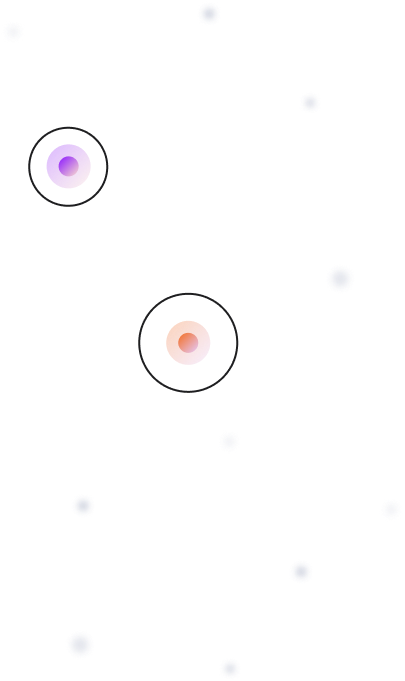
Related posts
Liquid Glass: Apple’s Subtle Masterstroke Toward a Spatial Digital Future
When Apple introduced “Liquid Glass” across its platforms with iOS 18, macOS Sequoia, and the broader ecosystem of updates, it […]
Empty States, Error States & Onboarding: The Hidden UX Moments Users Notice
When discussing user experience design, the spotlight often falls on primary workflows. Design teams tirelessly debate color schemes, button placements, […]
UX Rules for Real-Time Performance Dashboards
Real time dashboards have become the nerve centers of modern organizations, transforming how businesses monitor performance and make strategic decisions. […]
Creative product design that gets results
Take your company to the next level with world class user experience and interface design.
get a free strategy session

